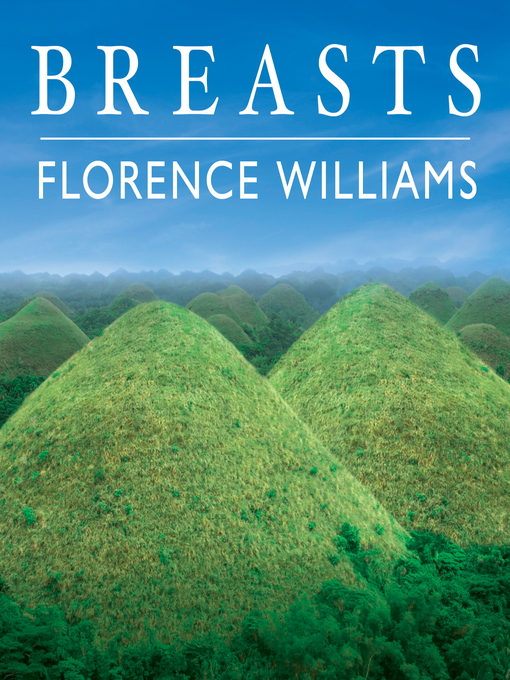

But now there’s this issue of toxins in breast milk.Ī. So really breasts evolved for women, and they evolved for infants. And so we had to be able to produce lots and lots of fatty milk for a long period of time, because these infants were so vulnerable and dependent for so long. Because our babies had to be really small - the heads had to be really small to get out of this newly bipedal female skeleton. And it’s also about the birth canal, actually. So we need more fat - more breast milk - to feed our giant brains.Ī. To support our nonprofit environmental journalism, please consider disabling your ad-blocker to allow ads on Grist. And then of course I learned that there were toxins in breast milk, and so that really launched me down this path of trying to learn how modern life has changed breasts and how breasts evolved and why they’re so special to us to begin with.

I hadn’t really thought about my breasts before that, but suddenly, I was totally wowed by them and what they were able to do. The idea occurred to me when I was breastfeeding. I caught up with her over a cup of coffee this week and learned a little about the biological theories of bustiness, the chemical cocktails that are showing up in breast milk, and a smartphone app that makes my childhood days of sneaking peeks at Playboy bunnies look positively pedestrian.Ī. The result is a fascinating exploration of where breasts came from, where they have ended up, and what we can do to save them.Florence Williams is a decorated environmental writer, one of my personal heroes (we launched our careers at the same ragtag Western environmental mag), and author of the new book Breasts: A Natural and Unnatural History. Her investigation follows the life cycle of the breast from puberty to pregnancy to menopause, taking her from a plastic surgeon's office where she learns about the importance of cup size in Texas to the laboratory where she discovers the presence of environmental toxins in her own breast milk. In this informative and highly entertaining account, intrepid science reporter Florence Williams sets out to uncover the latest scientific findings from the fields of anthropology, biology, and medicine. What makes breasts so mercurial-and so vulnerable? Increasingly, the odds are stacked against us in the struggle with breast cancer, even among men. Breasts are getting bigger, arriving earlier, and attracting newfangled chemicals. But in the modern world, the breast is changing. Click here to purchase from Rakuten Kobo Did you know that breast milk contains substances similar to cannabis? Or that it's sold on the Internet for 262 times the price of oil? Feted and fetishized, the breast is an evolutionary masterpiece.


 0 kommentar(er)
0 kommentar(er)
